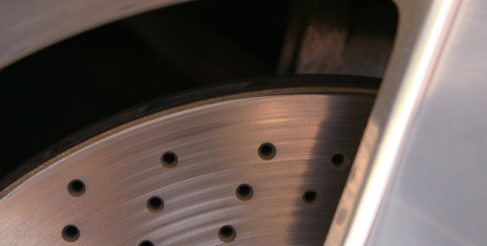
The Taurus, a midsize passenger vehicle, has exhibited some brake problems, some of which have led to the Ford Motor company recalling the vehicle to correct the problem. In addition to the brake problems that have led to recalls, consumers have also made other complaints about the brakes on the Ford Taurus.
Brake lights are an important component of a car’s brake system. The 2002 Ford Taurus was recalled to correct a malfunction with the stop lamp switch and/or the corresponding wiring system. According to Ford, the problem with the brake light system could keep the stop lamps from lighting up when the brakes were engaged, or conversely cause the lamps to stay lit all the time. Either way, drivers who are following are operating on incorrect information, which could result in a crash.
Some consumers have made complaints about their Ford Tauruses starting to shimmy and shake a short while after purchase. When the vehicles were taken to the Ford dealer, the company diagnosed the problem as a warped rotor. (The rotor is the part of the brake attached to the wheel that the brake pad presses into to stop the vehicle.) Even though Ford replaced the rotors, consumers complained that soon after the problem cropped up again, and the rotors had to be resurfaced or replaced. The warped rotors are a recurring problem according to some Ford Taurus owners, a problem with no solution other than continually having the rotors resurfaced or replaced.
A less common Ford Taurus brake problem is failure of the anti-lock brake system (ABS) module. This problem is an expensive one to fix, with an estimated cost of $620 for parts and labor, calculating labor at $65 an hour at a flat rate. The ABS module is the microprocessor that controls the hydraulic pressure applied to the brakes. The module receives signals through sensors in the wheel hub that lets the module know how much hydraulic pressure to release to the brakes, allowing for faster and safer braking.